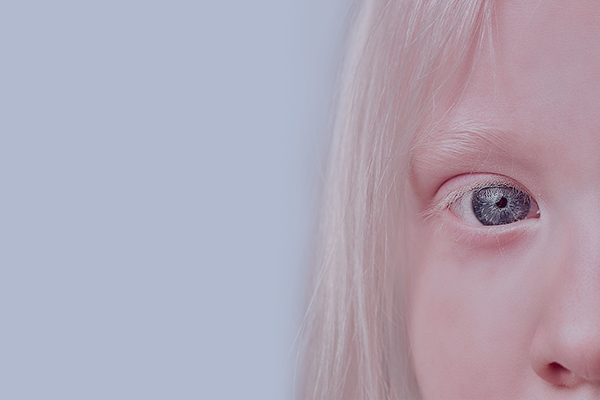Living with Congenital Nystagmus: Challenges and Solutions
May 27, 2017
Are you or someone you know dealing with a diagnosis of congenital nystagmus? This comprehensive guide offers detailed insights into what congenital nystagmus entails, its impact on everyday life, and explores innovative approaches like RevitalVision.
Understanding Congenital Nystagmus
Imagine reading a book where the words constantly dance around. This is what it can be like for people with congenital nystagmus. This condition causes involuntary, repetitive eye movements that can be side-to-side, up-and-down, or circular. These movements begin at birth and can blur vision, make depth perception difficult, and alter how you see the world.
There are different types of nystagmus, but congenital nystagmus is present from birth. While the exact cause can sometimes be unknown, it can be associated with other conditions like albinism or aniridia (missing iris).
Types of Nystagmus
Nystagmus can be broadly categorized into congenital nystagmus (present at birth) and acquired nystagmus (develops later in life). Let’s explore some specific types:
- Infantile Nystagmus: This most common type appears in the first few months of life. The eye movements can be horizontal, vertical, circular, or a The cause is often unknown, but it can sometimes be linked to other eye conditions.
- Latent Nystagmus: This type only becomes apparent when one eye is covered. It’s associated with unequal visual input reaching the brain and is common in individuals with crossed eyes. When both eyes are open, the brain compensates and suppresses the nystagmus.
- Manifest-Latent Nystagmus: This combines characteristics of both manifest nystagmus (always present) and latent nystagmus. It’s present at all times but worsens when one eye is covered.
Living with Congenital Nystagmus
Living with congenital nystagmus can raise several challenges:
Reduced Vision: The constant eye movement can make focusing on details difficult, affecting reading, writing, or recognizing faces.
Depth Perception Problems: Judging distances can be challenging, making tasks like catching a ball or navigating stairs difficult.
Head Positioning: Some people with nystagmus develop a head tilt to help steady their vision, which can sometimes cause neck pain.
Social Interactions: The constant eye movement can affect eye contact, potentially leading to misunderstandings or self-consciousness.
Current Treatment Options and Limitations
While there’s no cure for congenital nystagmus, there are some solutions that can help manage symptoms. For example:
- Glasses or contact lenses: Improve focusing
- Surgery: In some cases, surgery can adjust eye position to reduce nystagmus
- RevitalVisionAn innovative program that can improve vision in Nystagmus by training the brain to better process visual
It’s important to note that these approaches focus on managing symptoms rather than addressing the root cause of the eye movements.
A New Approach with RevitalVision
RevitalVision offers a new approach for individuals with congenital nystagmus. It bypasses focusing solely on the eyes and targets the brain’s ability to process visual information.
Through customized eye exercises, RevitalVision stimulates specific areas of the brain. These visual stimulations aim to train the brain to interpret visual signals more effectively, potentially improving:
- Visual acuity: This refers to how clearly you can see details, potentially leading to improved vision.
- Depth perception: A better understanding of spatial relationships can improve tasks like catching a ball or navigating stairs.
RevitalVision success in improving vision
Many patients experience significant improvement in vision leading to a better quality of life. Watch Sara’s story to learn how RevitalVision can make a real difference in people’s lives.
Remember, every individual’s case is unique. Consulting a qualified eye doctor is crucial to understand the best treatment approach for you. They can assess your specific needs and discuss whether RevitalVision could be a suitable addition to your management plan.
Living with congenital nystagmus can be challenging, but don’t lose hope. By learning more about this condition and exploring new options like RevitalVision, you can take control and improve your quality of life.
Talk to your eye doctor about RevitalVision and see if it might be a good fit for you. Remember, you’re not alone in this.
Back to Blog

